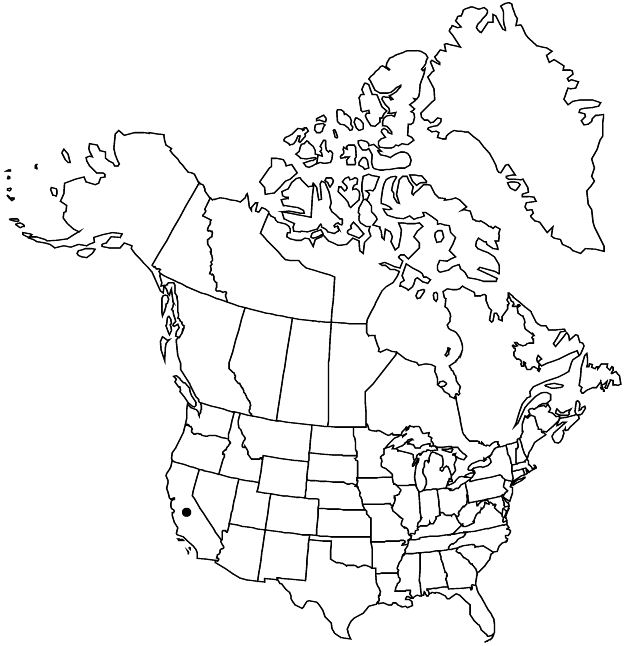Ceanothus arboreus
Bull. Calif. Acad. Sci. 2: 144. 1886.
Shrubs, sometimes arborescent, evergreen, 2–7 m. Stems erect, not rooting at nodes; branchlets brown, not thorn-tipped, round or slightly angled in cross section, flexible, tomentulose. Leaves: petiole 8–25 mm; blade not aromatic, flat to cupped, widely ovate to elliptic, 25–80 × 20–40 mm, herbaceous, not resinous, base rounded, margins serrulate, teeth (35–)40–65, apex acute to obtuse, abaxial surface pale green, usually densely tomentulose, rarely glabrate, adaxial surface green, dull, glabrous or sparsely puberulent; 3-veined from base. Inflorescences axillary or terminal, paniclelike, conic, 5–12 cm. Flowers: sepals and petals pale blue to blue; nectary blue to dark blue. Capsules 6–8 mm wide, ± lobed; valves rugose, ± viscid, weakly crested. 2n = 24.
Phenology: Flowering Feb–May.
Habitat: Rocky slopes, ridges, chaparral, oak woodlands, closed-cone pine woodlands.
Elevation: 60–600 m.
Distribution

Calif., Mexico (Baja California).
Discussion
Ceanothus arboreus is restricted to Santa Catalina, Santa Cruz, and Santa Rosa islands, California, and Guadalupe Island, Baja California. Plants with glabrate leaves on Santa Cruz and Santa Rosa Islands have been called C. arboreus var. glaber.
Selected References
None.